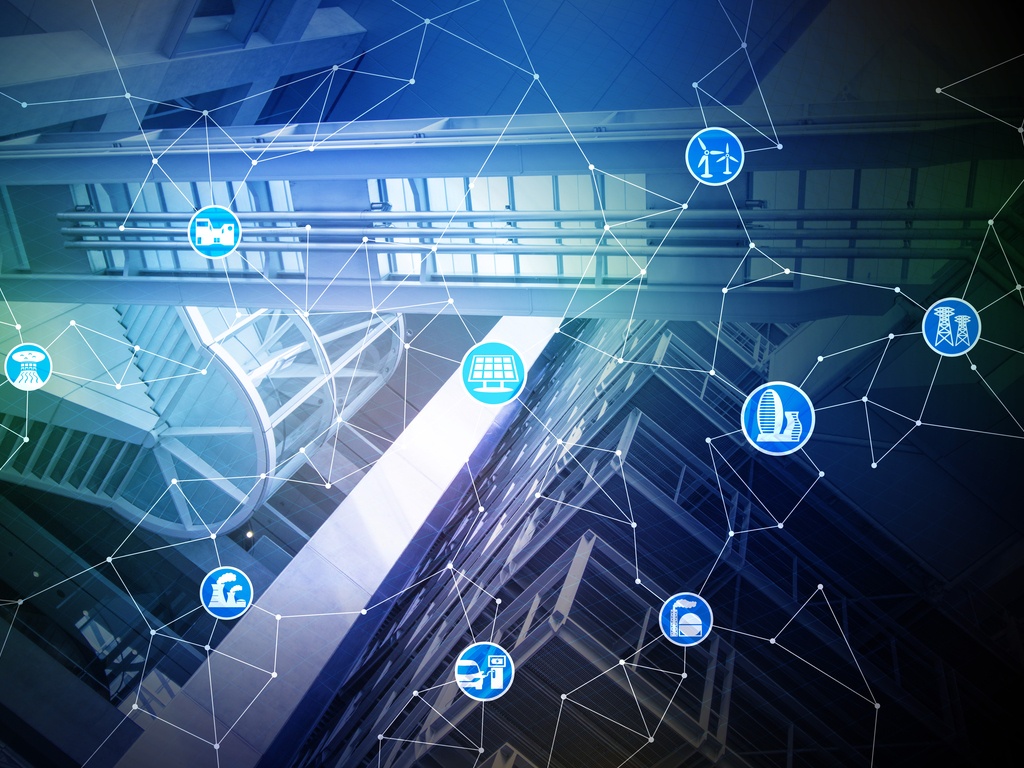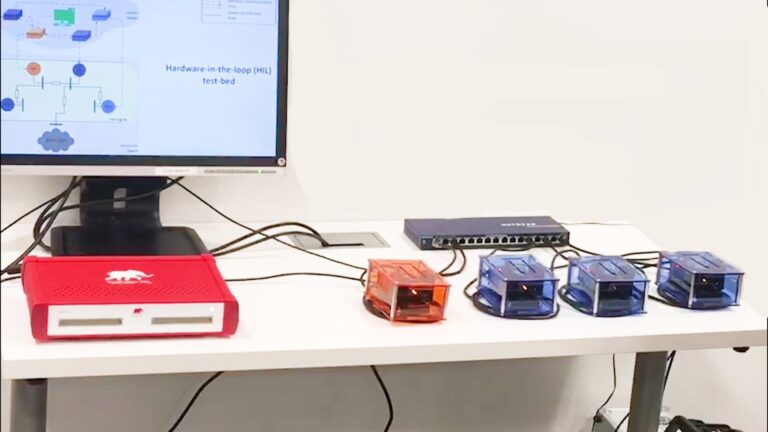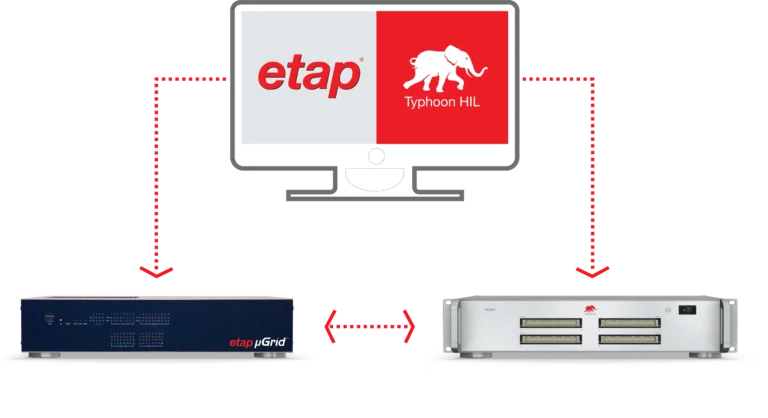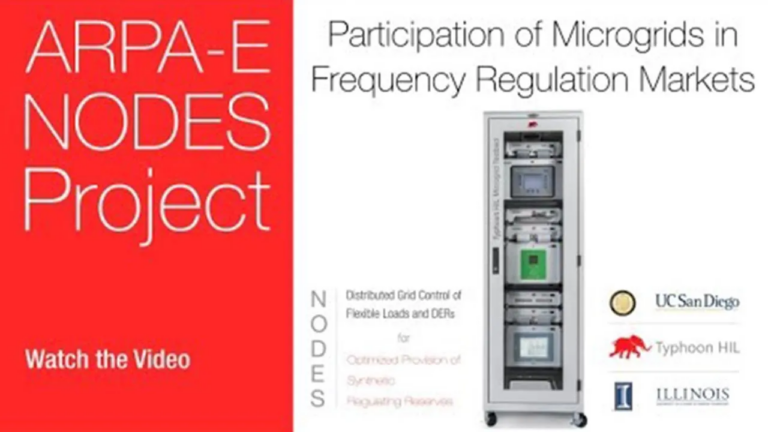Introduction
Distribution grids of the future will be much more dynamic than they are today. The key drivers for this are the decentralized generation largely driven by exponential technology adoption of intermittent renewable sources like solar and wind, battery storage, as well as highly dynamic power electronics converters, and smart relays. Additionally, the resilience considerations against cyber-attacks and natural events call for a more decentralized control architecture, i.e. cellular design of the distribution grids-one in which parts of the grid can both operate as independent islands and control their own voltage and frequency, as well as operate as an integral part of the large grid.
Regardless of where the evolution of distributed grid takes us – meshed or radial, AC or DC, or hybrid AC-DC, it is clear that the grids will be “smarter” and comprise increasingly more digital control and communication components and subsystems. Indeed, the grid is becoming a true cyber-physical system. With the opportunities brought by cyber-physical technologies, complexity in the grid will increase and drive the demand for more efficient testing tools.
A good testing tool, one that will help contain the exploding cost of engineering and testing of the future distribution grid configurations, must cover a wide spectrum of time constants of interest: from sub-microseconds to minutes and even longer constants. The crucial feature is that such a testing tool must be capable of testing all the real control and communication subsystem hardware and software without any modifications.
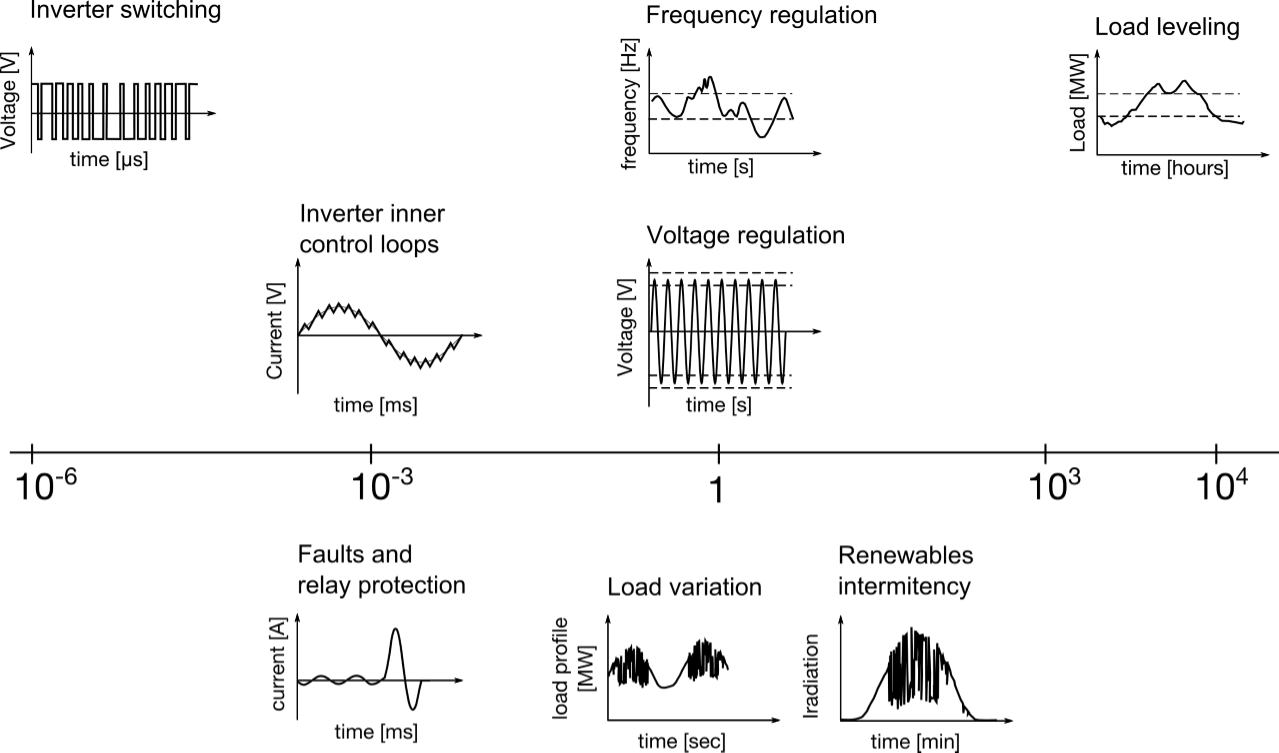
Hardware in the loop (HIL) for power electronics converters
Almost every distributed energy resource is connected to the grid through a highly dynamic switching converter featuring powerful digital control and communication capabilities. Additionally, such devices have increasingly sophisticated grid-supporting functionalities. For example, the German BDEW FGW TR3 standard and UL 1741 SA in the USA specify in detail the expectations that solar converters must fulfill when operating in the grid. This functionality is costly and very time-consuming to test, which leads to a longer time to market. These are the key reasons for the wider adoption of HIL tools for smart converter testing.
The key advantage of the HIL technology, when compared to a computer simulation, is its ability to connect the actual control and communication hardware and software to the model of the power components which are running within the HIL device in real-time. In simulation, all that can be studied are the simplified models of power and control.

Wind turbine industry example – HIL testing 24/7/365 and testing relentlessly
Woodward GmbH in Kempen, Germany, is the largest independent manufacturer of grid-tied converters for the wind industry. Its installed base comprises more than 15,500 converters in onshore and offshore applications interfacing doubly-fed, synchronous, and asynchronous generators to the grid.
Recently, Woodward GmbH built a large hardware-in-the-loop (HIL) controller testing laboratory with multiple HIL-based test cabinets to reduce the cost of software quality and to simplify communication with its customers, such as General Electric, Suzlon, Senvion, and others.
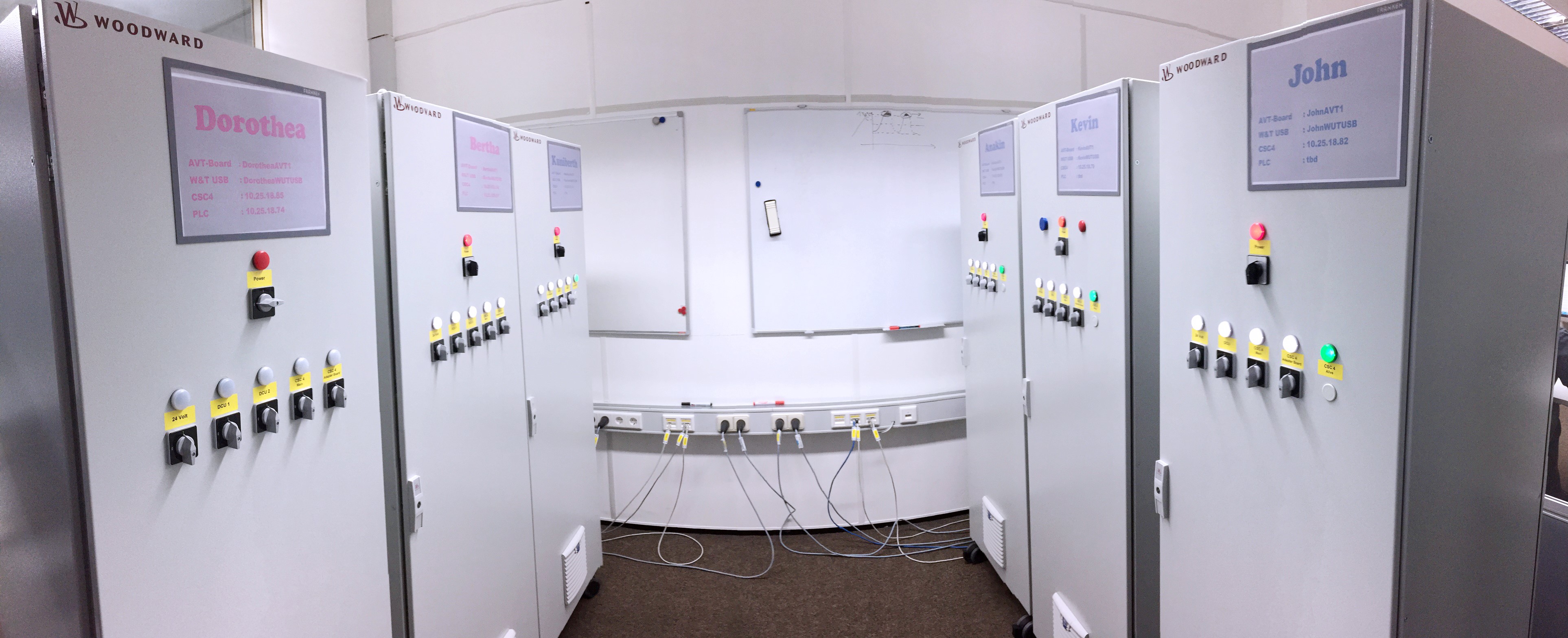
At the Woodward HIL lab, test setups are accessible through the corporate intranet. This means that software developers can access HIL test cabinets from their offices and run tests that would be costly or impractical to do in the laboratory or in the field. Additionally, Woodward is investing a significant effort to calibrate the HIL results with the laboratory measurements and is discovering an excellent match between laboratory measurements and HIL tests.
Thanks to ultra-high fidelity real-time simulation HIL models and full test automation, Woodward dramatically increased the test coverage and reduced the cost of quality which was the main objective of the investment.
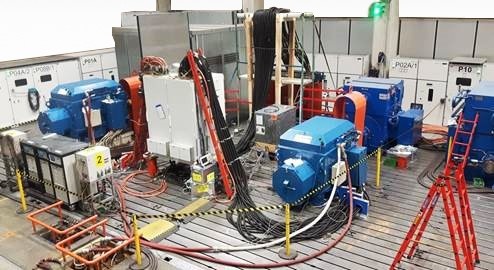
Hardware in the loop for microgrid testing
Traditionally, microgrids were used as backup power supplies for critical loads like hospitals, data centers and factories with industrial processes that must not be interrupted. They typically comprised one or more internal combustion engines driving the electric generators and switchgear.
Nowadays, solar and wind power generation, as well as battery storage, are added to microgrids. As a result, such microgrids have low (or no) inertia, which makes them much more dynamic and far more complex. Together with protective relays, communication networks, and microgrid controllers, they are complex power systems that need thorough testing and verification before their safe and reliable operation can be guaranteed in all operating conditions.
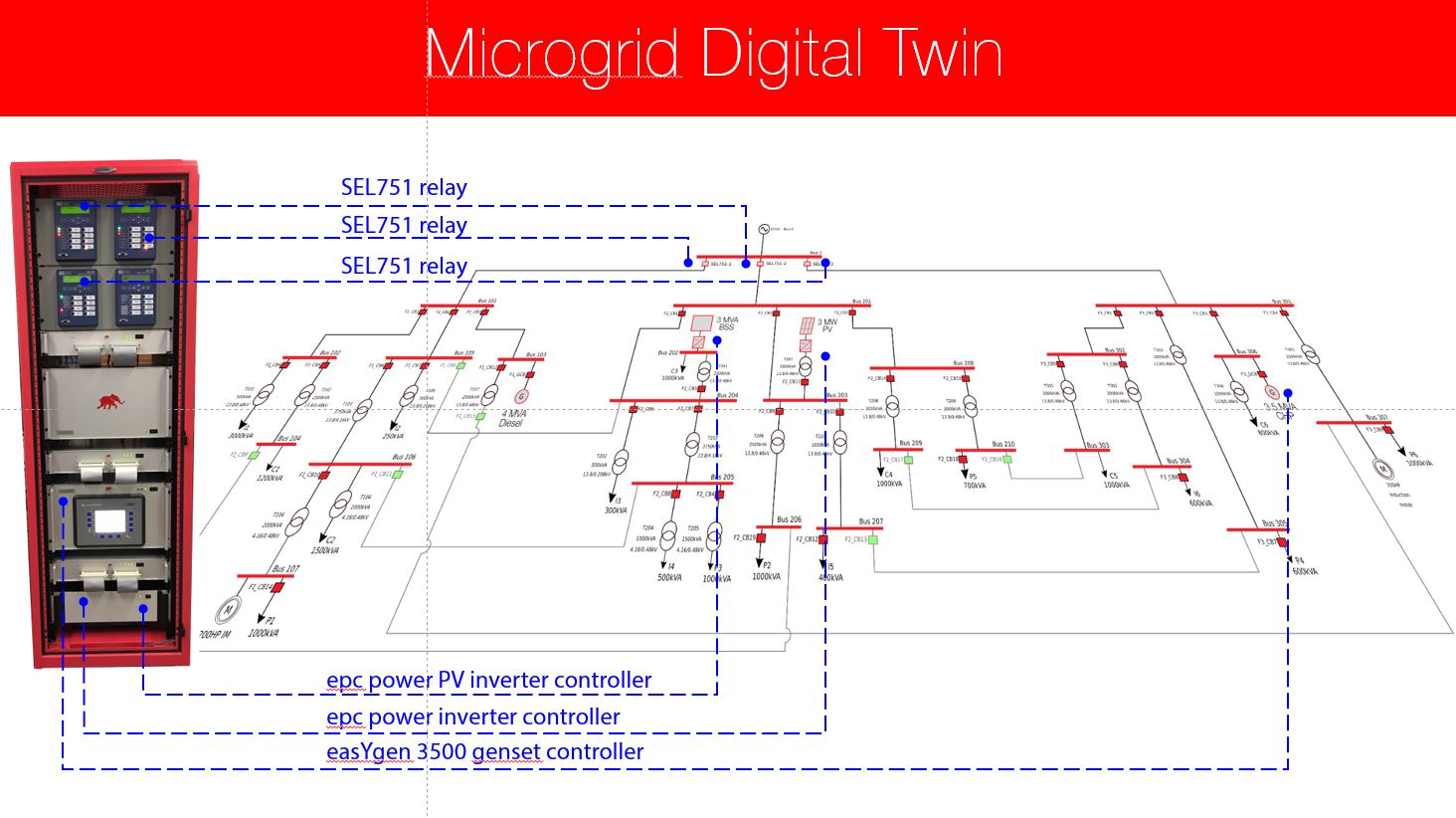
Lessons learned from the MIT Lincoln Laboratory Microgrid Controller Symposium
At this year’s Microgrid & DER Controller Symposium, organized by the Massachusetts Clean Energy Center and MIT Lincoln Laboratories, the real, unadulterated industrial microgrid controllers — from Eaton, General Electric, Schweitzer Engineering Laboratories, and Schneider Electric — were in the spotlight.
They were controlling 3 feeders with 24 buses, one diesel generator, one natural gas generator with combined heat and power, battery storage, a PV inverter, and numerous loads running within the Microgrid Testbed. Microgrid controllers had to deal with a wide spectrum of disturbances, including various faults, irradiance profiles, load profiles, and Distribution Management System (DMS) requests to the microgrid controller (e.g. to export active/reactive power, to island, etc.)
The key finding is that, with today’s technology, designing and testing a microgrid control system is difficult (and costly), while designing and testing it without the right tools is impractical. In summary, the right formula for the task is:
- Use Microgrid HIL,
- Start simple,
- Configure and test communications with Microgrid HIL models first,
- Test with real controllers in the loop and build confidence,
- Test Microgrid controller cyber-security, and
- Test relentlessly.
Conclusion
Distribution grids are undergoing a rapid transformation that is fueled by the introduction of intermittent and distributed power sources and by extensive application of information and communication technologies. Such transformation brings opportunities to make the distribution grid more resilient and more flexible. At the same time, it needs advanced testing tools to ensure the acceptable cost of quality.
Credits
Author | Nikola Fisher Celanovic
Visuals | Typhoon HIL
Editor | Debora Santo
